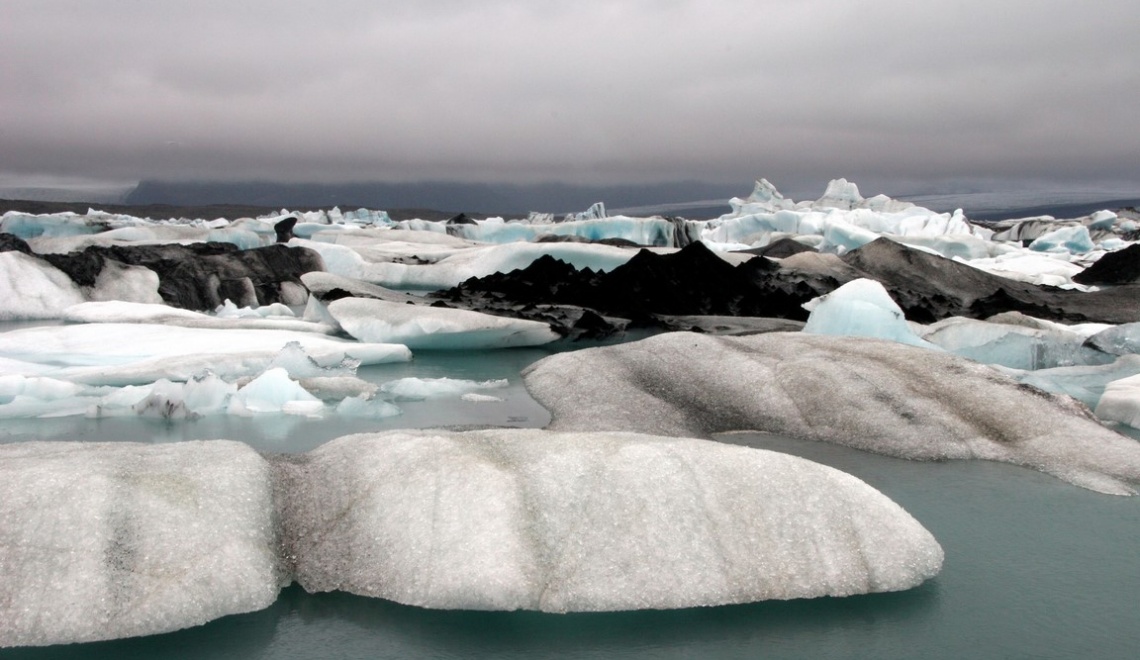
Blocks of ice like improbable diamonds cast on the black sand of the shore. At Jökulsarlon, the Vatnajökull dresses its black or blue icebergs on a beach of ashes beaten by a sea the colour of time. Unreal and grandiose!
James Bond aficionados will recognise in these places the sublime landscapes of the chilling scenes in Die another day and Dangerously yours. But here, there are no diamond veins or jaguars hurtling across the icy sea, just one of Iceland's most remarkable landscapes: Jökulsarlon. A lagoon where huge blocks of ice spat out by Breiðamerkurjökull float, before breaking apart with a cracking sound from beyond the grave and slowly dying in the waves. Born of the retreating glacier, the lake was formed around a hundred years ago, after earthquakes separated it from the sea, from which it is now isolated by a moraine.
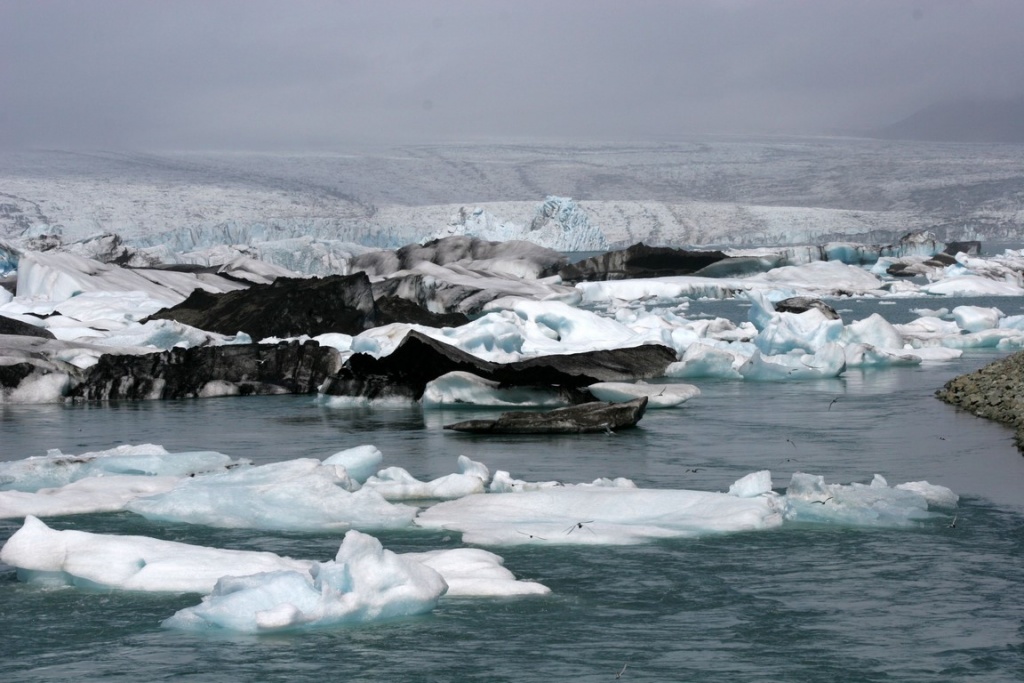
When the ice touches the sky
In this constantly shifting polar landscape, where mist shrouds the glacier in a cottony veil, the ice takes on milky, bluish or black hues. Ejected by volcanoes and carried by the violent winds from the deserts of the centre of the country, ash and dust are trapped century after century between the layers of snow that gradually turn to ice.
This is a unique sight, due to the volcanic activity, which is still intense. In summer, tourists are offered the chance to get up close to the drifting ice by taking a trip in one of the funny wheeled boats. It's all rather disappointing! Nothing can replace the view from the shore.

The entire coastline is frequented by numerous birds, in particular great skuas and Arctic terns. With a little patience and discretion, you may also be lucky enough to spot seals basking on the shores of the lagoon or playing among the icebergs.
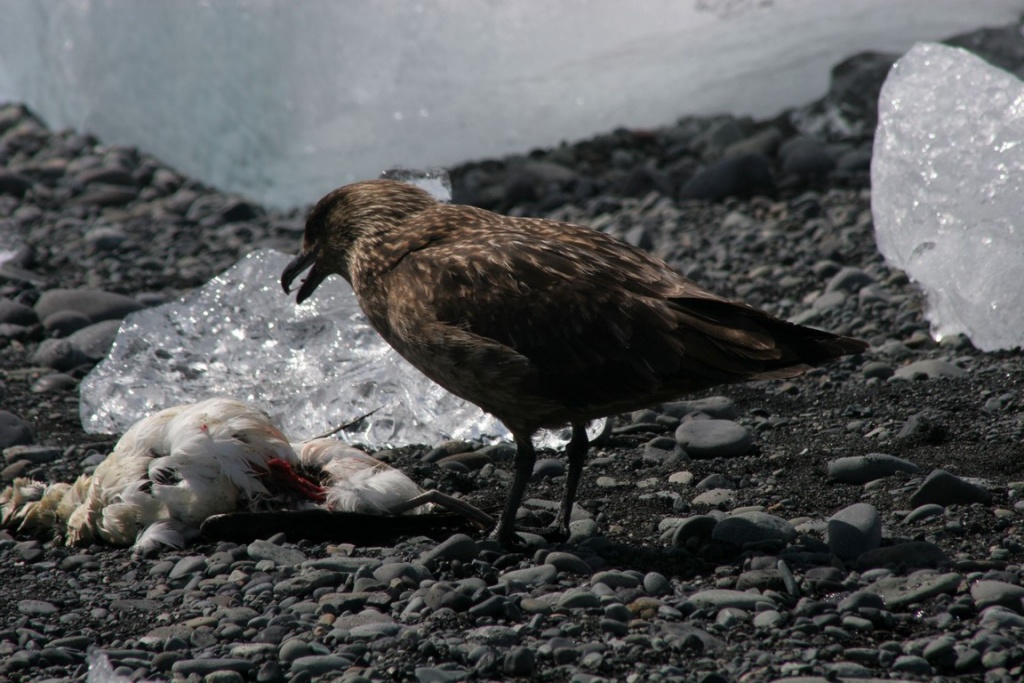
The spasms of the abyss
On the mother glacier - Vatnajökull - the largest in Europe, experienced guides offer day excursions.
Visiting the crevasses and caverns carved out by the strong steam releases is an unforgettable experience. Occasionally, a few creaks from the bowels of the earth are a reminder that the country's most active volcanoes lie at our feet. Like Grimsvötn, which melted this glacier hundreds of metres deep in 1996. The meltwater, initially held back by a rock dam, rushed towards the ocean at a rate of more than 40,000 cubic metres per second, sweeping away everything in its path.
On this island of genesis clinging to the Arctic Circle and so often in turmoil, nothing lasts forever! The extreme climatic conditions, the light that changes with the seasons and the day, the vastness of the desert give the landscapes unreal colours and the relief a spectral appearance. No other land is better at distilling this taste of heaven and hell.
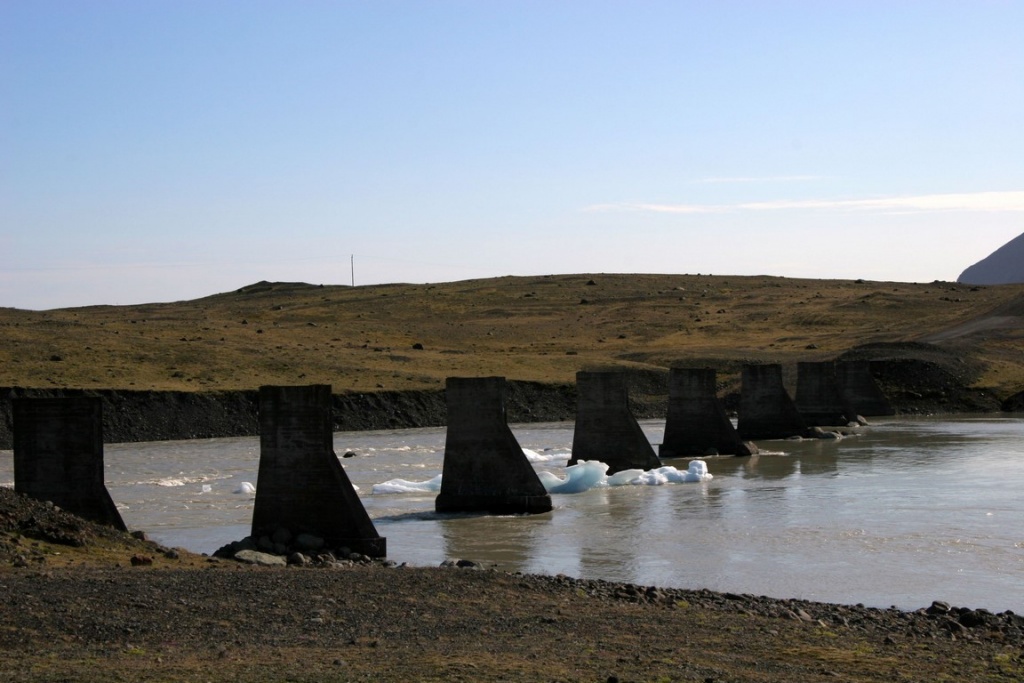
Text and Photos: Brigitte Postel
Getting there
Island Tours
http://www.islandtours.fr
01 56 58 30 20
Comptoir des Voyages
http://www.comptoir.fr/decouvrir/islande/visite/guide-voyage/islande-ISL_42_r.aspx
01 53 10 34 49
Icelandair operates daily flights from Paris to Reykjavik
https://www.icelandair.com/fr-fr/
01 44 51 60 51
Read
Book of photographs by Patrick Desgraupes
"Le sublime et l'imaginaire", published by Hermé, price: 29 euros.


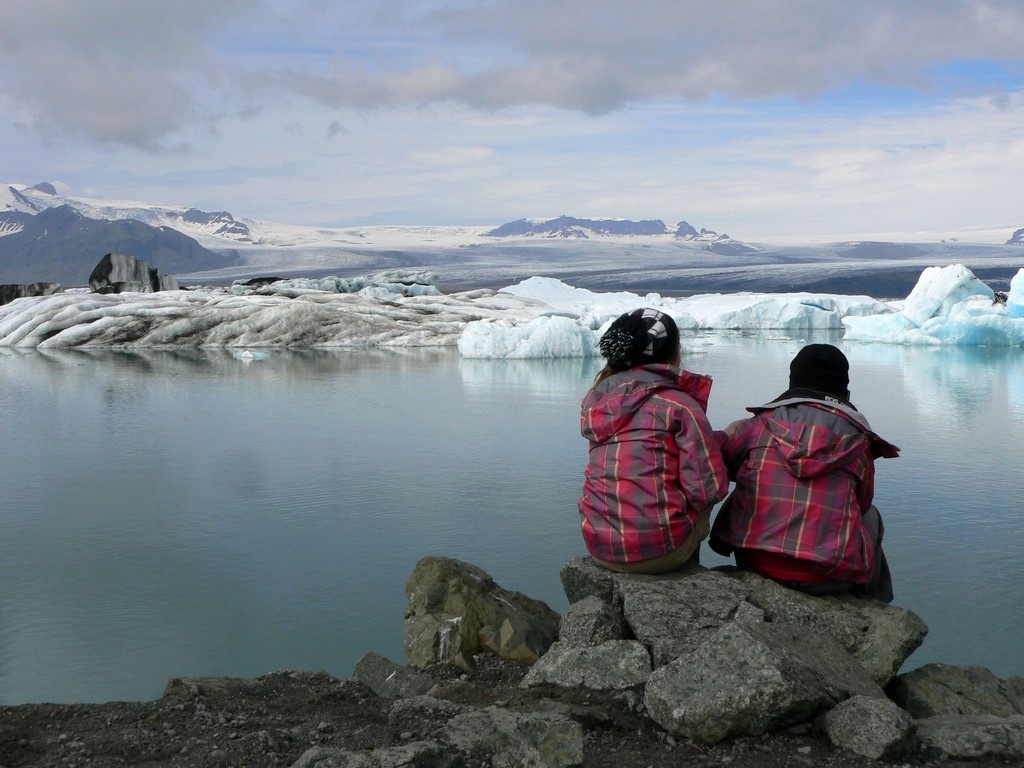
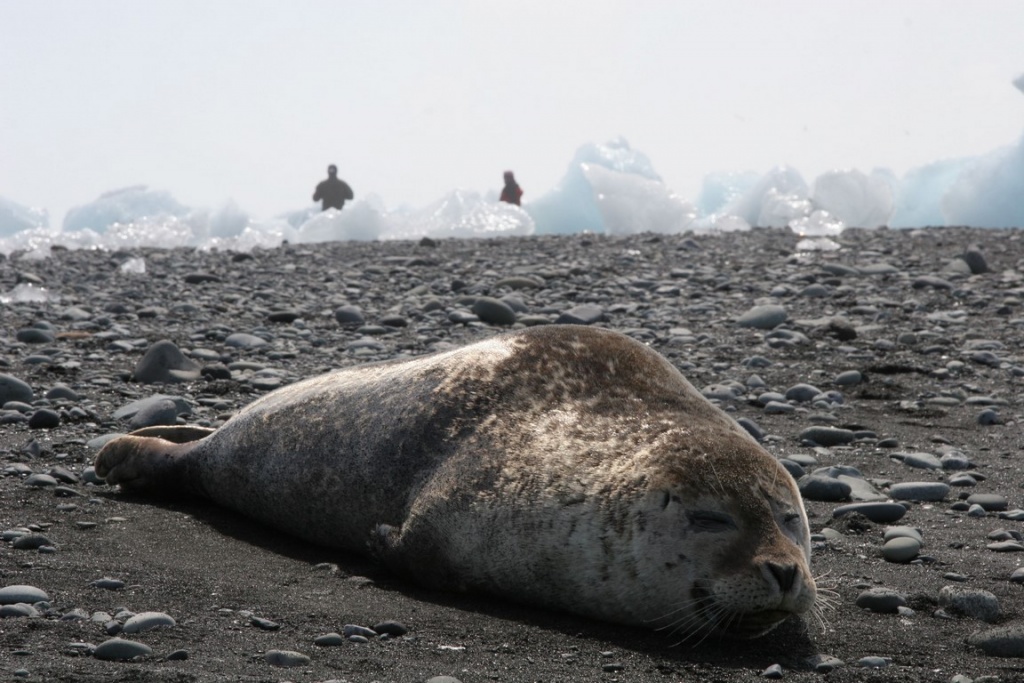

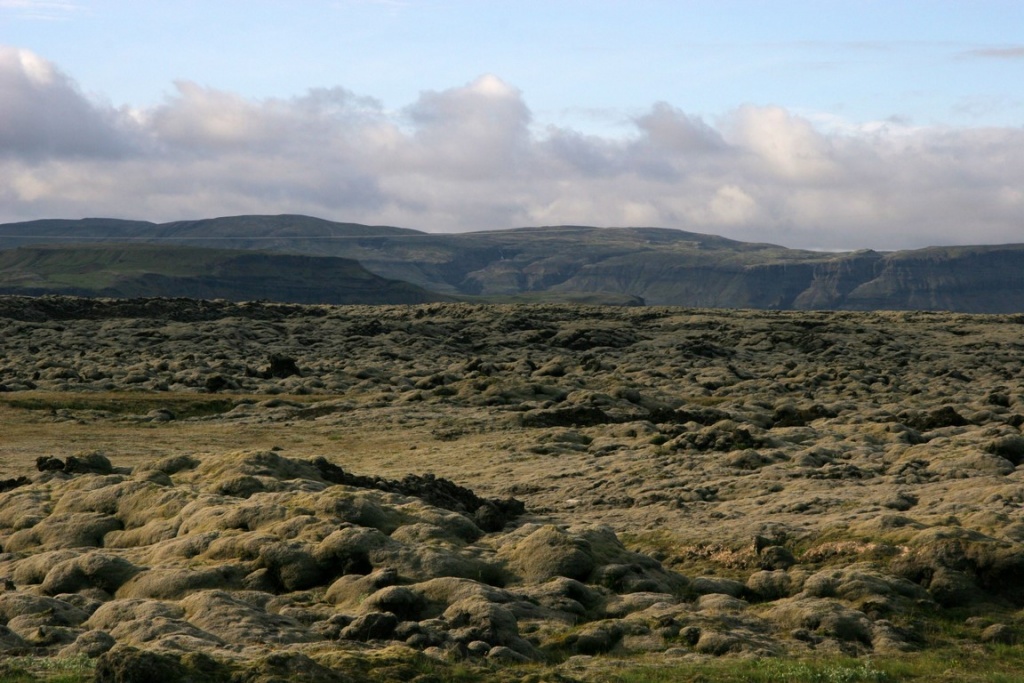
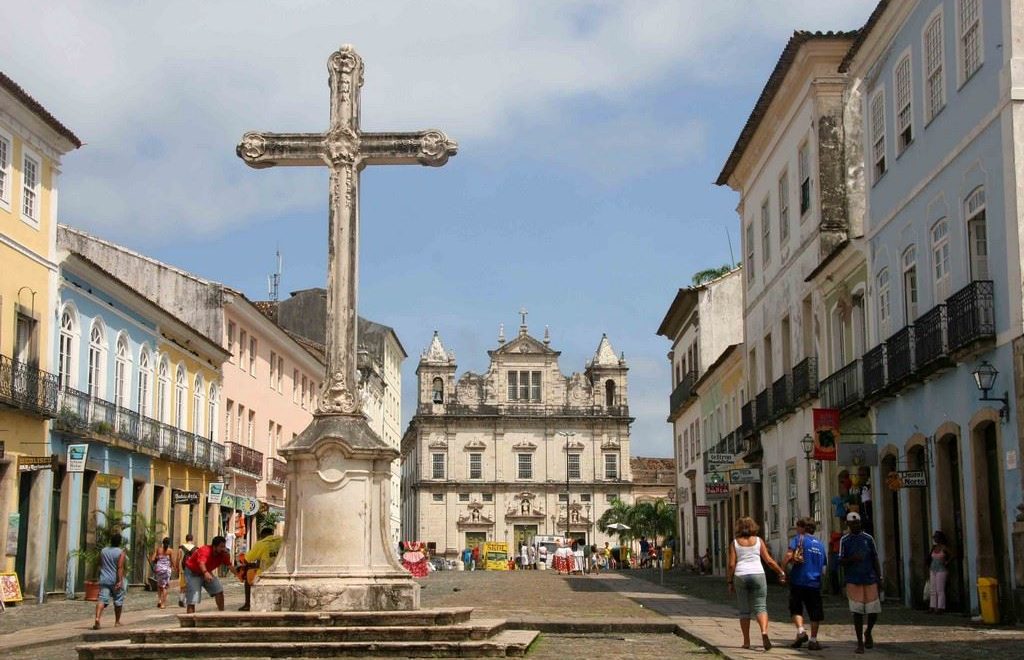
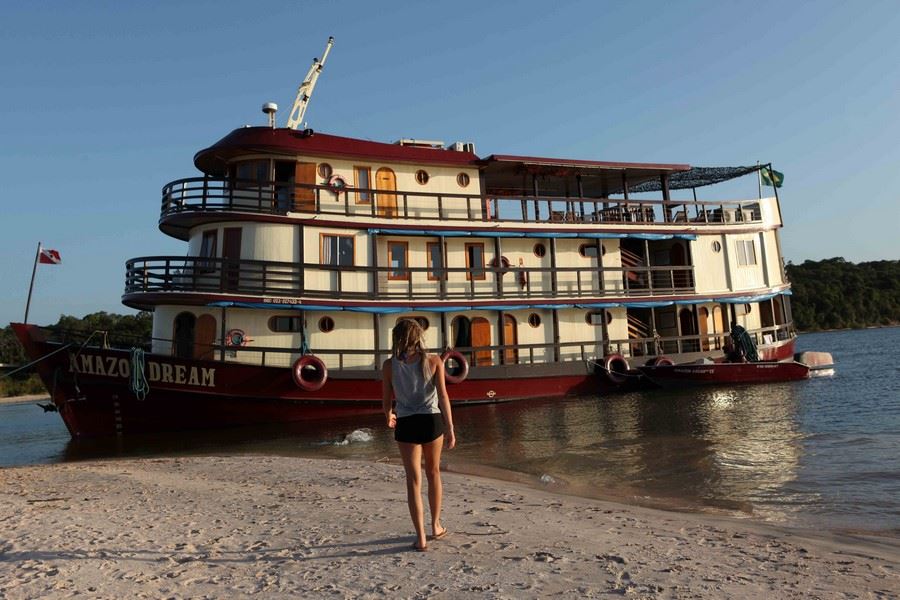


Breathtaking, it's really superbre!